

Ar 240A
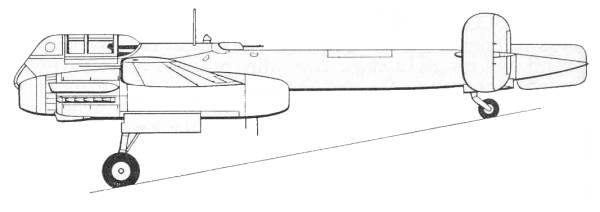
Arado initiated design studies in 1938 based on a development order from the RLM for a highly sophisticated multipurpose aircraft. Early in 1939 their proposal was submitted to the RLM. Their design took advantage of the very latest developments in technology and was a tandem two seater of all metal construction with a pressurized cockpit, remotely controlled gun barbettes, high lift devices in the form of automatic leading edge slats and double slotted trailing edge flaps and a dive brake that worked like a drag chute in the tail cone. The RLM drew up an official requirement based of the salient features of the design and awarded Arado a contract for two prototypes. Arado's project paralleled that of Messerschmitt as their Me 210 was being designed for basically the same roles as the Ar 240.
Before the first prototype flew, the order was increased to ten prototypes and an undetermined number of pre-production aircraft. The first prototype flew on May 10, 1940 followed two months later by the V2 and from the outset of flight testing, the aircraft were unstable about all three axes which made them very difficult to fly. A redesign was done and applied to the third prototype, the V3. The changes consisted of moving the cockpit to the extreme nose, the addition of four foot section to the rear fuselage, removing the dive brake and adding a short cone in its place with auxiliary fins and the wing leading edge slats were eliminated. The V3 was the first aircraft to include the hydraulically controlled barbette system. The modifications delayed the first flight of the V3 until late Spring of 1941 and though markedly improved, the flight characteristics still left much to be desired. Additional modifications were made including new ailerons.
In late Summer of 1941 the aircraft was turned over to the Luftwaffe for operational evaluation. The barbette control was removed as it was not reliable under field conditions as was the forward firing armament and a pair of cameras was installed. In this configuration it flew several unarmed reconnaissance flights over Britain, its high performance and high altitude capabilities enabling it to evade interception. The forth prototype, the V4 was intended to be primarily a dive bomber and the forward firing armament was similar to what had been initially installed on the V3. Racks were installed under the wings for eight 110 pound bombs and the tail mounted dive brake was reinstated. However before the completion of the dive bombing trials it was concluded that the reconnaissance role was more important and priority was given to that role. As a result the first pre-production machines completed, the Ar 240A-01 and -02 were intended solely for reconnaissance.
These machines both flew in October of 1942 and included even more changes in attempt to eradicate the poor handling characteristics that continued to plague the development of the aircraft. These changes were primarily wing related and though the outline and dimensions did not change, the wing was actually entirely new with a near laminar design. This improved the flight characteristics greatly. Unfortunately for Arado the entire project was canceled in December of 1942. The pre-production aircraft were issued to service units and used primarily in the reconnaissance role on the Eastern front. Several additional prototypes were completed after the project was terminated including prototypes for a Zerstorer version, night fighter and fast bomber, however the RLM refused to reinstate the program. And thus the Ar 240 faired about the same as and suffered the same fate as the Me 210.
The Kit
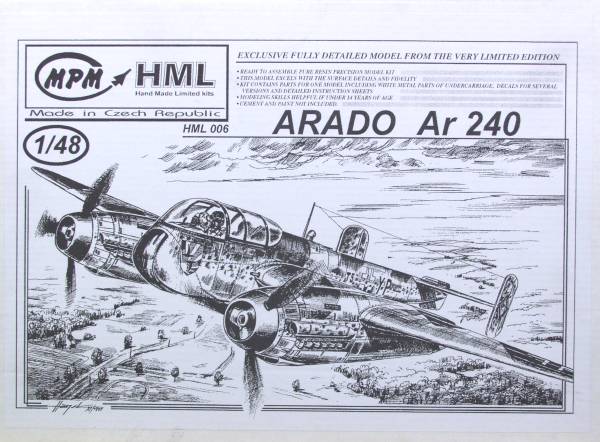
The MPM kit comes in a sturdy corrugated two part top open box with a pencil drawing of the aircraft on the box top. Inside the parts are contained in a compartmentalized bag to protect them during shipment. The parts are molded in a tan resin with very fine recessed panel lines and recessed fastener detail. The panel lines are very fine and are complete with no disappearing sections. My only concern is that they may disappear under the paint. The fuselage and cowlings are hollow molded and the wings are one piece castings. The fuselage and cowlings have interior structure molded where it will be seen. The major airframe pieces were free of pin holes and I only found a couple surface anomalys that will need to be dealt with. There is only a light amount of flash on the parts. None of the major parts showed signs of warping.
The cockpit has a fair level of detail including some molded throttle levers but these would probably be better represented by some photoetch parts. The seats lack harnesses and belts. The instrument panel just has indentations where the instruments go and could use some additional work to bring it up to current standards. The spinners do a great job of capturing the look of the unusual prototypes. The propeller blades are separate and there is no shaft to attach the propellers to the engines. The gear doors lack detail on the inside but the gear is very well done and includes the extra coolant radiators that were to help keep the large engines cool while taxiing on the ground.
Unfortunately the main gear struts are not reinforced however they are large enough in diameter that with care they could be drilled out for a steel or brass wire to prevent them from sagging with age. The fuselage does have slots that mate with tabs on the wings but they are not very deep and I would recommend additional structural material in those locations as well as on the tail fins to tail joints. The canopy and nose glazing are vacuformed parts that are nice and clear with well defined frame lines and two are supplied. Altogether there are 80 resin parts and 4 clear parts for a total of 84 parts. See photos below.
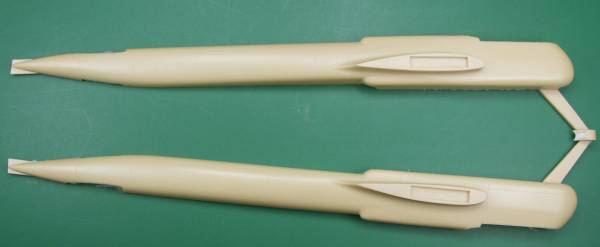
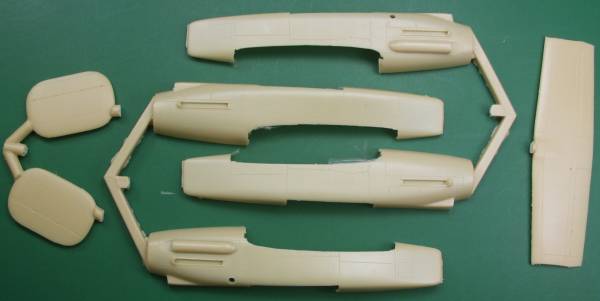
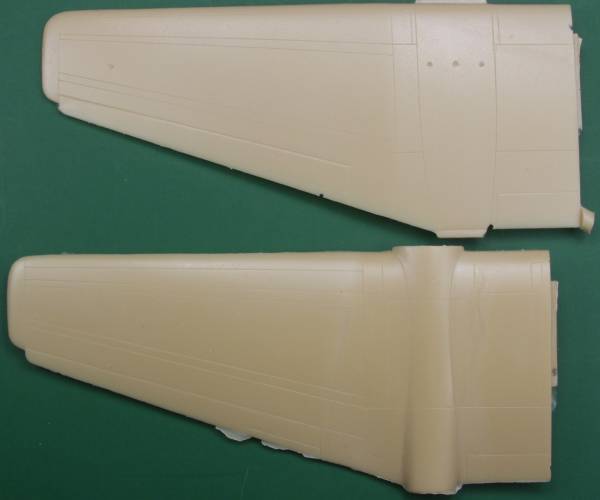
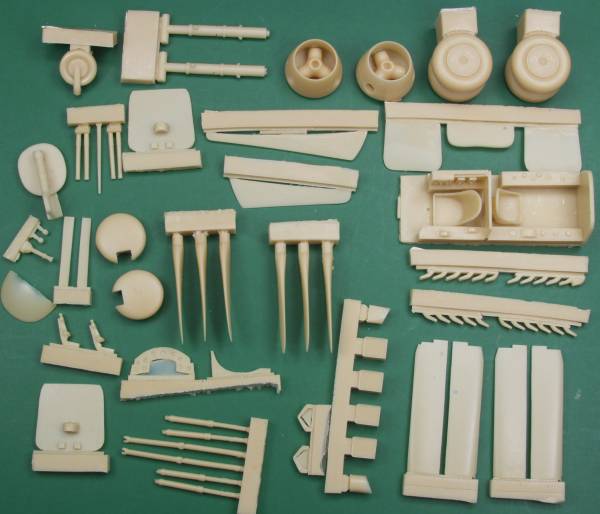
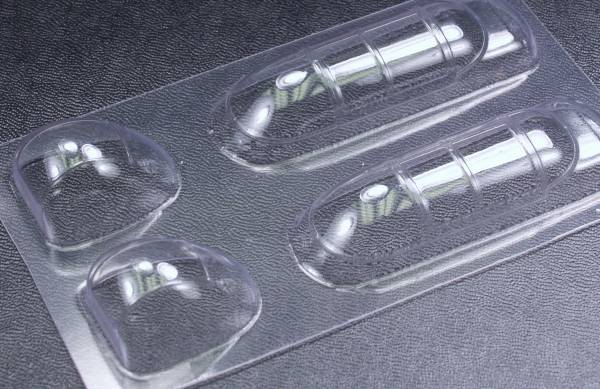
The decals are moderately thin and in register and include markings for two aircraft. The decals include some stenciling and walkway markings but no swastikas. The review listed below did not have favorable comments about the decals. See below.
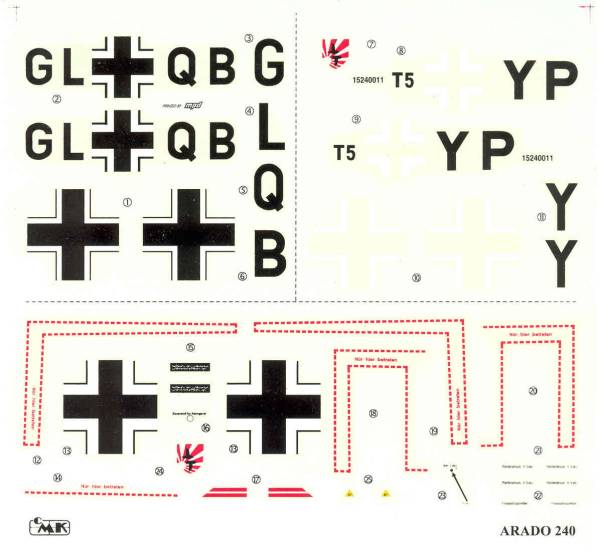
The instructions are on two A4 sheets printed on both sides and folded in half and printed on both sides to create eight pages. The first page includes history in three languages, the second page has a parts map and pages three through five have assembly diagrams. Page six shows stencil locations while pages seven and eight have the balance of the painting and marking information.
Conclusions
I'm not exactly sure what attracted me to this kit other than it's just plain ugly looks. Unfortunately as one of MPM Hand Made Limited run kits it can be very hard to find. They do show up on ebay once in a great while. That is where I got mine and at close to the original selling price which was close to $100. For an all resin kit it seems quite nice. The panel lines are finer than most of those you see on high end injection molded kits. The quality of the moldings is excellent. The only other kit I know of for this aircraft other than vacuform kits is a 1/72 scale kit by Revell. It can be assembled into a very striking model as seen in the link listed below. The only after market item I plan on using is a set of Moskit hollow exhaust stacks which are made for the Me 210 / 410 aircraft but will work on this kit as well. Unfortunately these too are going to be hard to find as I understand that Moskit has gone out of business.
Links to kit build or reviews
A build can be found here.
References
The Luftwaffe Profile Series No. 8, Arado Ar 240 by Gerhard Lang
Warplanes of the Third Reich by William Green
Updated 5/12/08